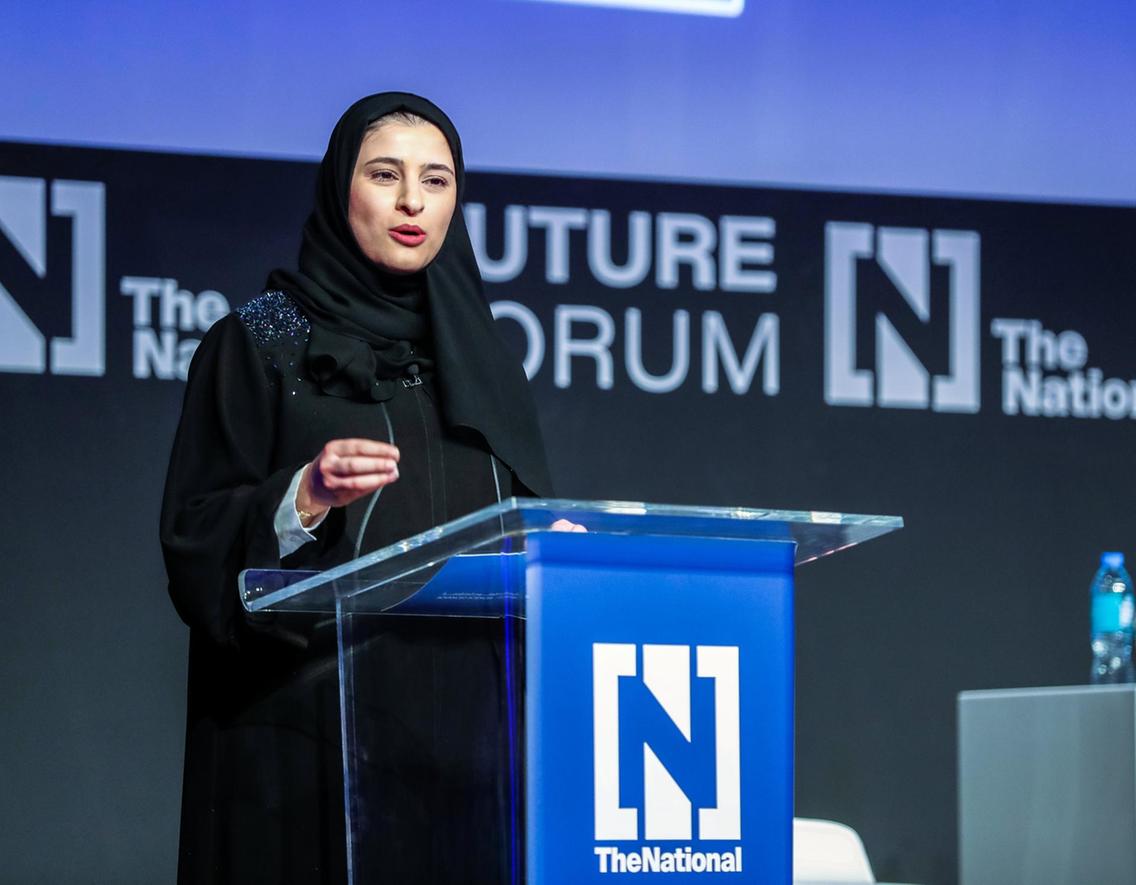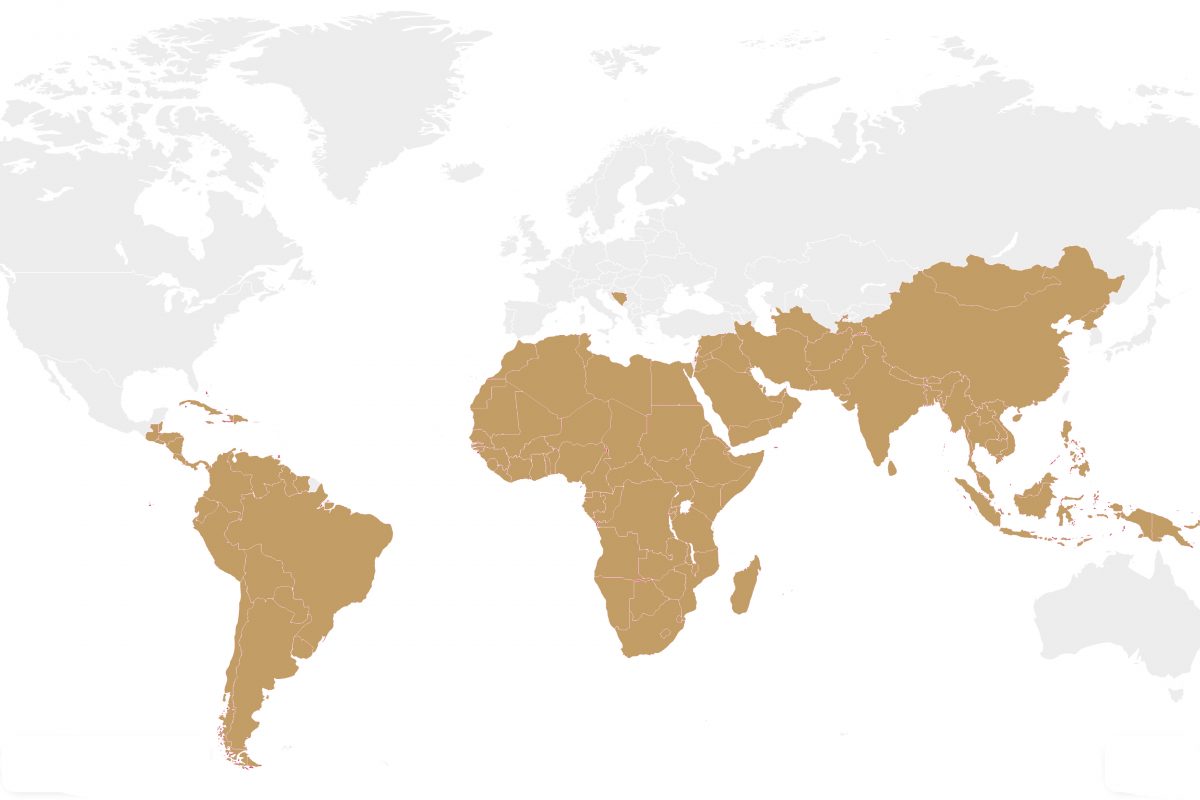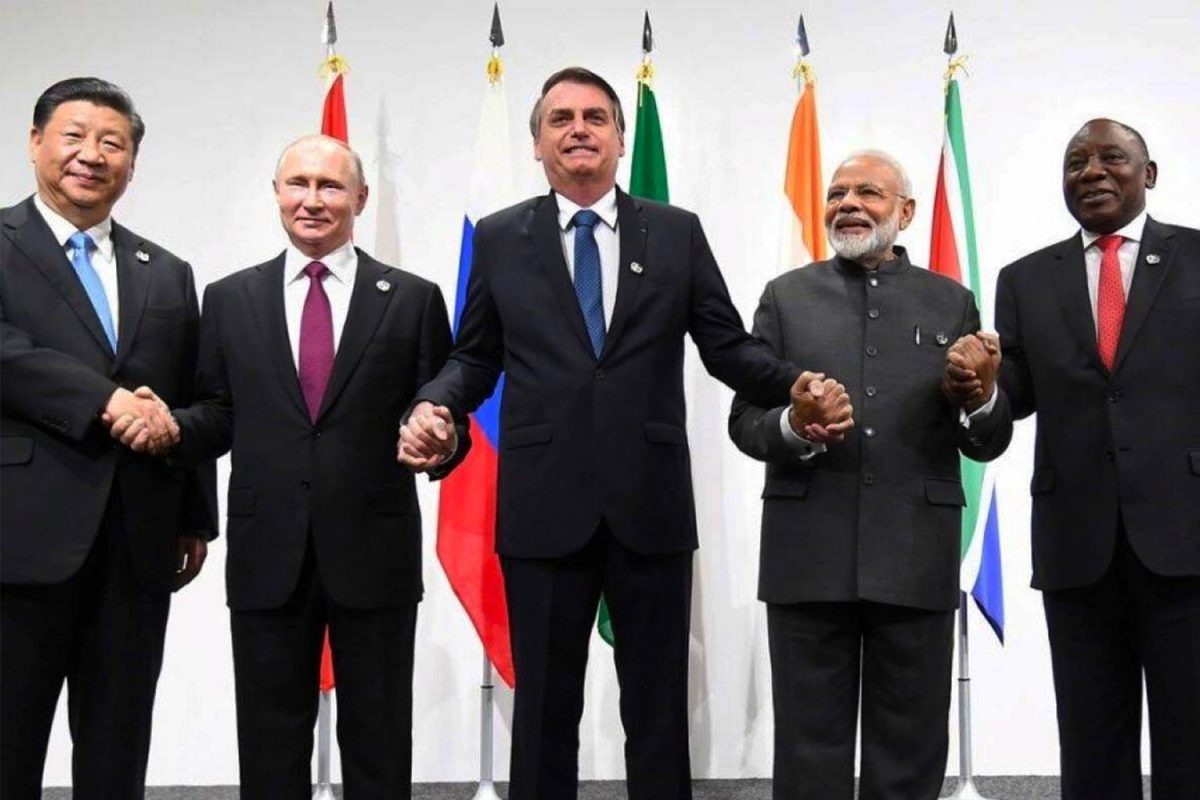Mars is 140 million miles away from Earth but in the last ten days spacecraft from the US, China and the UAE all visited the Red Planet. The Martian planet is gaining considerable attention even though the planet is dead and has not had water, forests, plants and all the things necessary for life for over four billion years. An increasing number of space science missions aimed at improving basic understanding of planetary science have been launched in the 21st century and are now reaching fruition. Not since the heyday of the space race has there been such appetite for space missions. Unlike the space race of the Cold War, the 21st century’s space race is seeing the emergence of a number of middle tier nations who are launching missions to the moon, Mars, asteroids and other planetary bodies.
The UAE became only the fifth nation and the sole Muslim nation to successfully reach Mars on 9th March 2021. One day later China’s Tianwen-1 spacecraft successfully entered Mars’ atmosphere and this week, America’s Mars programme landed on the red planet. There have been 49 missions to Mars beginning in the 1960s, the early missions were flybys, with spacecraft taking photos as they sped past the red planet. Then probes pulled into orbit around Mars and now landers and rovers have touched down on the surface. The exploration of Mars has always been about learning how the planet went through a dramatic transformation from once being Earth like to today where it’s virtually a dead planet. Exploring Mars helps scientists learn about momentous shifts in climate that can alter planets, as well as answer how Mars became the dusty and dry planet it is today.
Space exploration in the 21st century is quite different to the space race during the Cold War. Both the Soviet Union and the US in the 1960s focused on exploring the moon and developing satellites which had a strategic goal back on earth. Whilst the Soviet Union has now disappeared, and Russia’s defence industry is struggling to reach its previous global position, China’s space programme has in some areas in space tech exceeded the US. Both nations’ space programmes are currently heavily focused on the moon and in-situ resource utilisation (ISRU) – the practice of collecting, processing, storing and using materials found on other astronomical objects that replace materials that would otherwise be brought from Earth. But both nations, however, have been commercialising their space programmes.
The end of the Cold War saw space programmes shift from being primarily military to include commercial applications. Ukraine inherited the Soviet Union’s space capabilities after 1991 and moved to attract commercial launch opportunities, which was previously off-limits. Similarly, the US deregulated its space launch industry, allowing for private companies to launch payloads into space. As space technologies matured, especially around probes, orbiters and rovers, the costs of space missions fell. Today a plethora of space launch providers, satellite manufacturers and spacecraft design and assembly companies exist. This has cut the costs of space missions to the point that a number of space missions are now undertaken by middle tier nations and seen the UAE join the fray. The space industry is now a competitive industry attracting both emerging and established technological and industrial powers. Whereas the Soviet, Chinese and US space programmes were built on large military expenditures, the new entrants into space have gained access relatively cheaply.
UAE’s Great Space ‘Hope’
The UAE announced in 2014 that it would send a mission to Mars by the country’s 50th birthday in December 2021. At the time, the Gulf nation had no space agency and no planetary scientists and had only recently launched its first satellite. The Gulf nation assembled a team of engineers and were led by Sarah Al Amiri, originally a computer engineer. The programme was seen by the monarchy as a way to make its workforce more innovative and competitive by driving Emiratis to pursue careers in the hard sciences as the importance of oil and gas wanes.

The orbiter that recently entered Mars’s atmosphere is known as Hope (or Amal in Arabic) and will produce the first global map of the Martian atmosphere. But the UAE faces numerous hurdles if it wants to mature into a space player. Only a handful of the Gulf kingdoms 100 higher-education institutions do research, and there are only a few hundred full-time academic researchers. But like when the UAE hired the South Korean firm Satrec Initiative to design and build its first satellite, on this occasion the UAE used multiple sources to get to Mars. The ‘hope’ mission to Mars used a Japanese rocket and the orbiter being used in the red planet’s atmosphere was also assembled in the US, with significant support and design by American universities and companies. This sets the UAE mission well apart from true space powers like China and the US.
The UAE mission to Mars shows how far costs have fallen and how this is allowing middle tier nations such as the UAE to enter the space market. This is what is triggering a middle power space race as a number of other countries such as South Korea, Iran and Turkey are all entering this space race and using their space programmes to focus on dual-use technologies that could support their broader defence industries. Many of these newcomers are concentrated in Asia, led by South Korea and Japan, two of the world’s most technologically advanced nations. This gives them the means to develop the know-how needed to build space-based systems, leveraging expertise in areas such as shipbuilding to expand into the aerospace sector and compete with other commercial launch providers.
Beyond the Asia-Pacific region, India’s long-standing space programme is currently launching missions into space, but these are limited in terms of cargo capacity. Both of India’s missions to the moon and Mars carried small payloads. Focusing on missions closer to earth India has the potential to become a low-cost launch provider.
The space programmes of North Korea and Iran are different from those from Asia. Their space programs are meant to alleviate pressure from the West and from regional rivals. Iran needs to balance against Saudi Arabia, while North Korea must consider Japan and South Korea. North Korea’s programme is the most advanced, serving primarily to support missile development in its quest to mount a credible nuclear weapons deterrent.
What we are now seeing is the early part of the new space race, but this time it will not be between two bipolar powers only, but amongst a host of middle tier nations on the one hand and with two powers – the US and China battling it out on emerging tech and more complex missions into space.




